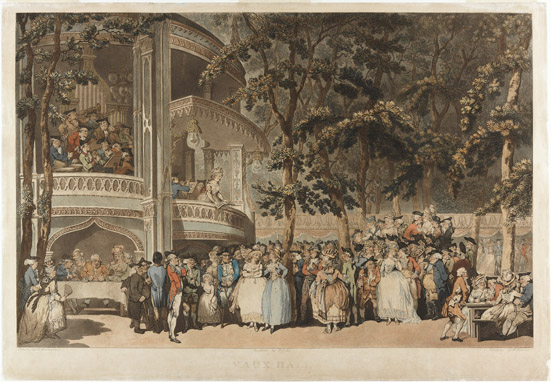

The story of the graphic arts in Europe between c.1500 and c.1800 is superbly illustrated in this exhibition of over 100 prints from the collection of the Art Gallery of New South Wales. Many of these early prints and drawings have rarely been seen by the public. Because a printed image existed in multiple versions, it was the most important means of broadcasting stylistic innovations and artistic ideas across Europe. Before the age of multi-media, printmaking was the new technology that revolutionised the visual culture of Europe. Beginning in late 15th-century Nuremberg, where the technique of woodblock printing was raised to new heights, this exhibition shows the achievements of that city's favourite son, Albrecht Dürer, whose fame and influence was established across Europe, thanks to his use of prints. The exhibition includes the technically dazzling work of Netherlandish and Italian engravers of the High Renaissance, such as Hendrik Goltzius, Giorgio Ghisi and Giovanni Battista Scultori. The 17th century is represented with some fine prints from Italy, France and The Netherlands. This was the golden age of etching. Rembrandt was its greatest exponent and brought the technique to perfection. There are a number of Rembrandt etchings in the collection which count among the most important works of art on paper in the gallery. Canaletto's Venice, Piranesi's Rome, and Hogarth's London all represent different views of printmaking in the 18th century. Alongside these prints will be displayed some ‘kindred spirits’, superb drawings by Fragonard, Greuze, Tiepolo, and Gainsborough. This exhibition has led to the restoration of a number of works by the Gallery’s paper conservator, Rose Peel. Another member of the Gallery staff has made new mounts. Bill Lamont is perhaps one of the few remaining craftsmen in the world who still cut mounts by hand, the effect of which cannot be duplicated by computerised mount-cutting machines. Mr Lamont, who retired earlier this year, returned specially to finish this project. He made his first mount at the Gallery in 1964. Quite possibly more of the Gallery’s works of art on paper have passed through his hands than anyone else's. |